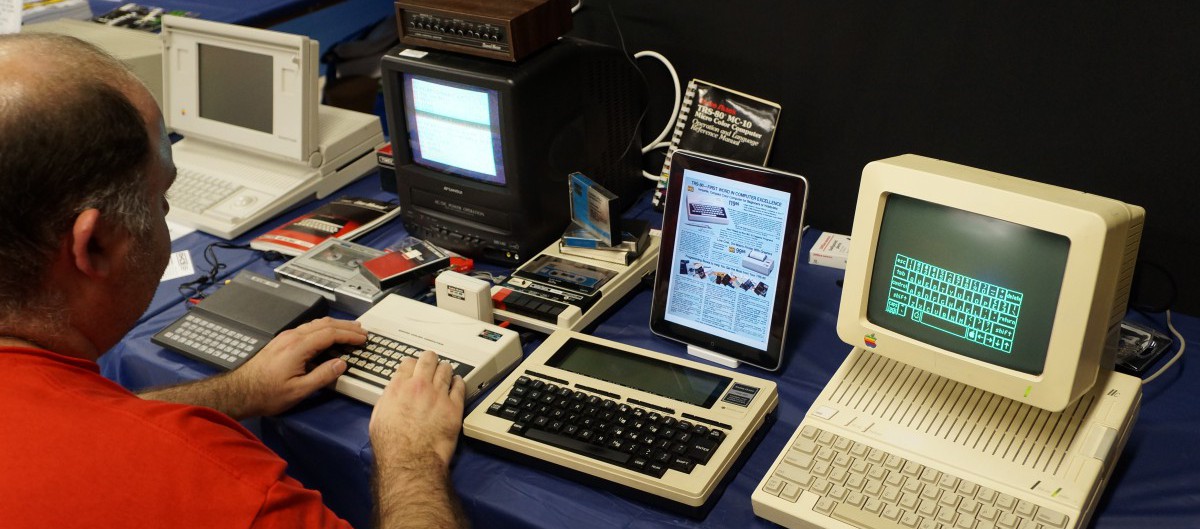Download the assignment sheet for Project 4 from here (ellis-jason-eng2720-project04) or read below.
ENG2720 Writing with New Media
Project 4: Online Video and YouTube
Dr. Jason W. Ellis
Now that you’ve completed the first three projects in the class—an online “think piece” essay, an audio podcast, and a photosharing essay—let’s bring the written, oral, and visual together in a video transformation of your original think piece essay. You have done a lot of the work for this project already, so it will not take as long as the previous projects. We are going to bring in some of your writing and pre-production work from the previous projects and repurpose them in this project so that you can quickly and easily experiment with this new media transformation.
In Project 4, you will transform your think piece essay into a short video for sharing on YouTube. The spoken portion and musical accompaniment may come from your script and podcast projection in Project 2. Depending on the type of video that you want to create, you may repurpose some of your photos from Project 3 as part of a slideshow or examples intercut with video of yourself. However, you will need to revise your podcast script for video production, create a storyboard, record your video, edit it, and post it to YouTube. We will archive your videos on OpenLab by embedding your YouTube video alongside your reflection.
- Planning: Write a 250 memo describing two general types of videos that you might produce to accompany your spoken script. For example, you can use video software to animate photographs (e.g., using the Ken Burns effect) with a voiceover, record scenes around the city with voiceover, record yourself reading your script, record interviews that are intercut with video of you reading the script, etc. Imagine the kind of video that you would like to make with the limited time that we have to make it. After you describe your two options, explain why you have decided to go with one of the two options. (in-class on Mar. 17)
- Details: Copy-and-paste your podcast script into a new document. The dialog portions may remain the same, but you will want to change action statements to reflect how you will be shooting and editing your video. In your first action statement, you should include an action of FADE IN. Transitions from scene to scene should include FADE OUT/FADE IN or CUT TO. Depending on the type of content in your video, you will want to include stage direction and shooting information. For example, if you create a photo slideshow video, you will want to include in the appropriate action statements the name of the photo that you plan to show and what editing feature you plan to apply—such as the Ken Burns effect—and how long each photo will be shown, which you can calculate by reading the voiceover and timing yourself. (in-class on Mar. 24)
- Structure: Translate your new script into a storyboard (https://en.wikipedia.org/wiki/Storyboard). The idea is that the storyboard gives you a guide for what to record on video and how to edit it together after you have finished your recording. Take sheets of paper and divide the page into landscape-oriented rectangles—six per page is a good number. Beginning in the upper left and going left-to-right, sketch what you intend to capture in each scene of your video. Convey motion, the types of cuts, and connect each panel to your script through keywords, dialog quotes (but do not copy all dialog), etc. (in-class on Mar. 24)
- Execution: Record the required video and edit it together. For editing, you can use iMovie (iOS or Mac), Windows Movie Maker, Final Cut Pro, Premier, or the YouTube video editor. Refer to Lynda.com for help with your selected video editing software. Upload your video to YouTube. Give your video a title and include a meaningful description in the video description box. As with your podcast, remember to include an outro inviting/encouraging your audience to connect with you with the affordances of YouTube commenting, social media, etc. (in-class on Mar. 29)
- Archiving: Create a blog post on our OpenLab site with a catchy and engaging title for your online video project followed by your byline. In the body of your post, copy-and-paste a link to your video (this will automatically embed your video into the blog post), and write a very brief description of your YouTube video (no more than 100 words). Follow those things by a horizontal line and a 250-word reflection on your process of composition, the audiences you created your online video, how the medium of online video shaped the way you (re)told your think piece essay. Publish your blog post to complete the assignment. (due before class on Mar. 31)



